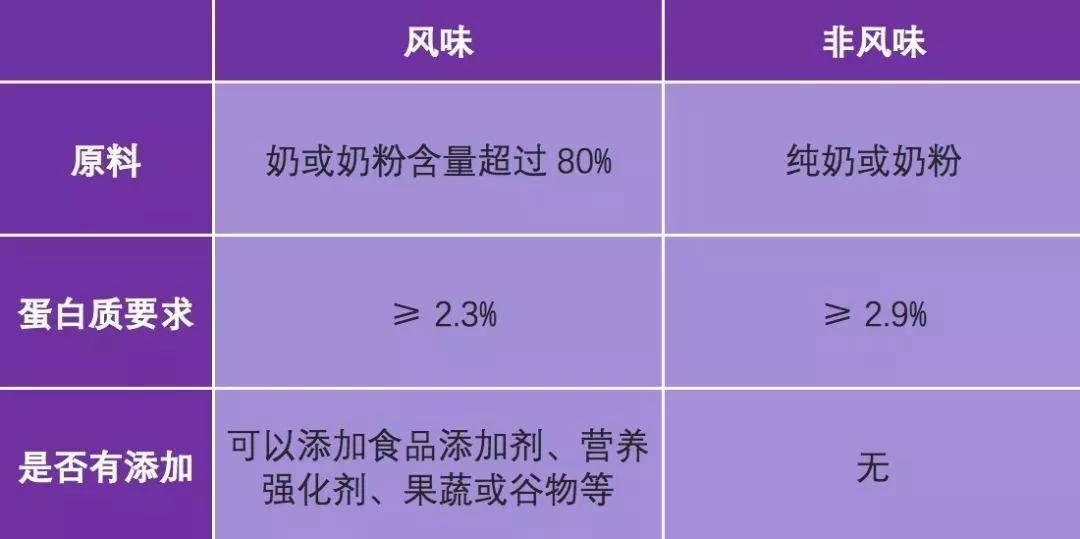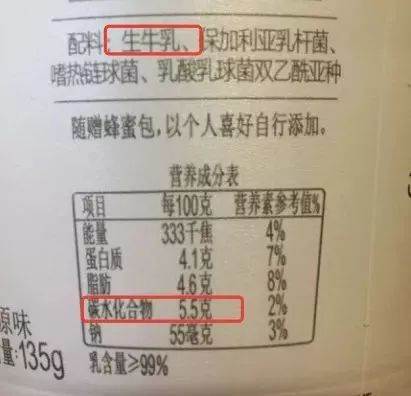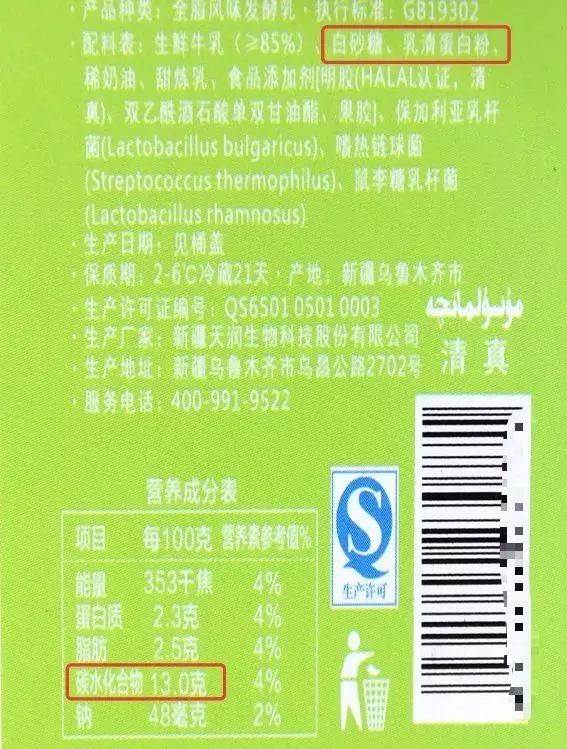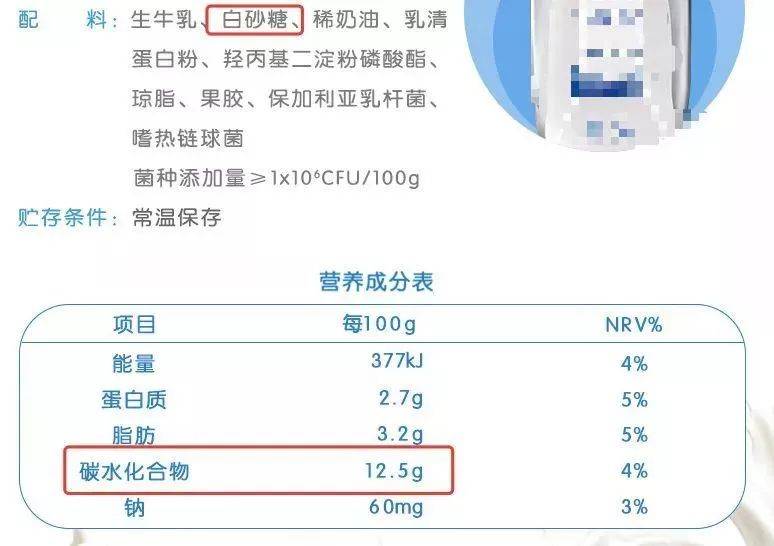
Yogurt accounts for almost half of the supermarket shelves. Many advertisers also boast that yogurt can help digestion and stimulate appetite.
Many people pondered: [It is nutritious and delicious, why not? ]
But do you really pick yogurt? You know, if you don’t choose yogurt well, it will not only be of no help to your health, but also endanger your health.
Today, Dr. Clove will teach you the secret of choosing yogurt and help you find the healthiest yogurt.
Four Common [Yogurt] Products
In fact, [yogurt] is just a daily term.
According to the national standard < < Food Safety Standard Fermented Milk > > GB19302, strictly speaking [yogurt] should be divided into two categories: fermented milk and flavor fermented milk.
The common saying of the corresponding four daily products is: yoghurt, fermented milk, flavor yoghurt and flavor fermented milk. Among them, yoghurt belongs to fermented milk and flavor yoghurt belongs to flavor fermented milk.
1. Yogurt and Fermented Milk: Different Fermented Strains
Yogurt: Specific Streptococcus thermophilus and Lactobacillus bulgaricus are required for fermentation;
Fermented milk: Without this restriction, what bacteria can be used.
In other words, all yoghurt can be called fermented milk, but only [fermented milk] fermented by specific strains can be called [yoghurt].
2. Flavor and Non-Flavor: Add or Not Add

[Yogurt] or [Fermented Milk]: Only milk or milk powder can be used as raw material, no other components can be added, and the protein content needs to be ≥ 2.9%;
[Flavor Yogurt] or [Flavor Fermented Milk]: Milk or milk powder exceeds 80% (calculated based on the solids therein), food additives, nutrition enhancers, fruits and vegetables or grains can be added, and the protein content is required to be ≥ 2.3%.
In theory, [yogurt] in the national standard refers to [yogurt] and [fermented milk], so the yogurt you drink may be [fermented milk] with nothing but milk and strains, or [flavor fermented milk] with additional food additives, nutrition enhancers, fruits and vegetables or grains.
However, [flavor yogurt] and [flavor fermented milk] can be additionally added with food additives, nutrition enhancers, fruits and vegetables or grains.
Is that what you’re drinking?
So, in reality, the yogurt we usually buy is what?
Come on, I’ll teach you a unique trick, look at the food labels!
Focus: Ingredients, Strains, Food Additives, Milk Content and Carbohydrate.
What do you think? Let’s come one by one:
No. 1:

Detailed analysis: The raw material used in this product is [raw milk], with no additives except strains, and the protein content of 4.1% far exceeds the national standard requirements.
Conclusion: This is a healthy [fermented milk], but it will taste sour.
No. 2:

Detailed analysis: Whey protein powder and white granulated sugar are added. The protein content is 2.3%, which meets the national standard requirements, but the carbohydrate content is as high as 13%. Removing the carbohydrate contained in yogurt itself, the remaining more than half is added white granulated sugar.
Conclusion: This is a [flavor fermented milk] with high sugar content.
No. 3:

Detailed analysis: The strain meets the requirements of yoghurt, and whey protein powder, white granulated sugar and thickener are also added. A small amount of 12.5% carbohydrate comes from thickener (hydroxypropyl distarch phosphate, agar and pectin); The amount of white granulated sugar added can actually be judged by the ingredient list. The higher the [white granulated sugar] is ranked in the ingredient list, the more it means. Basically, high carbohydrate also means higher sugar addition.
Conclusion: It is still a [flavor yoghurt] with high sugar content.
No. 4:

Detailed analysis: raw milk ≥ 80%, strains meet the requirements of yoghurt, white granulated sugar, whey powder and thickening agent (gelatin and agar) are added, and carbohydrate is as high as 14.1%!
Conclusion: A kind of [flavor yoghurt] with extremely high sugar content.
The result was a big surprise, and the conclusion was:
Yogurt on the market is basically [flavor yogurt] and [flavor fermented milk] with sugar added. The more sugar added, the lower the overall nutritional value. Therefore, it is not necessarily better than milk.
The sugar added to [flavor yogurt] is enough to kill almost all the [benefits] brought by lactic acid bacteria fermentation.
[Theoretically good yogurt]-that is, pure milk is fermented without adding sugar and other ingredients, but because this yogurt has poor flavor, most people cannot accept it without seasoning, and few manufacturers produce it.
However, under relatively limited conditions, it is also skillful to buy a good yogurt!
Remember a formula [two low and one high]: low carbohydrate, low fat and high protein.
How about, will you choose yogurt next time?
